grubs in mulched beds?
mamimo
18 years ago
Featured Answer
Comments (9)
jean001
18 years agoRelated Professionals
Bridgetown Landscape Architects & Landscape Designers · Clark Landscape Architects & Landscape Designers · Marco Island Landscape Architects & Landscape Designers · Bedford Heights Landscape Contractors · El Segundo Landscape Contractors · Gallatin Landscape Contractors · Mesa Landscape Contractors · Middle River Landscape Contractors · Reedley Landscape Contractors · Round Lake Landscape Contractors · Houston Window Contractors · Tucson Window Contractors · Mill Valley Window Contractors · Palos Heights Window Contractors · Sacramento Window Contractorsmeldy_nva
18 years agojean001
18 years agomamimo
18 years agojean001
18 years agomamimo
18 years agojean001
18 years agoHU-128095753
2 years ago
Related Stories

GARDENING GUIDESNew Ways to Think About All That Mulch in the Garden
Before you go making a mountain out of a mulch hill, learn the facts about what your plants and soil really want
Full Story
GARDENING GUIDESHow to Pick a Mulch — and Why Your Soil Wants It
There's more to topdressing than shredded wood. Learn about mulch types, costs and design considerations here
Full Story
GARDENING GUIDESThe Art of Green Mulch
You can design a natural garden that doesn’t rely on covering your soil with wood and bark mulch
Full Story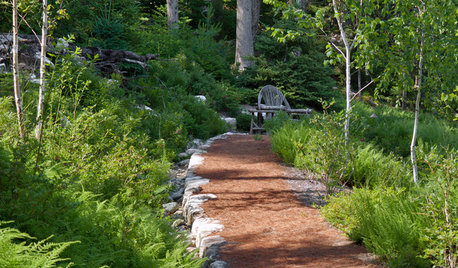
GARDENING GUIDES5 Things to Know About Weeding and Mulching Your Native Garden
What’s the best time to pull weeds? How thick should the mulch be? Here’s the scoop for a healthy landscape
Full Story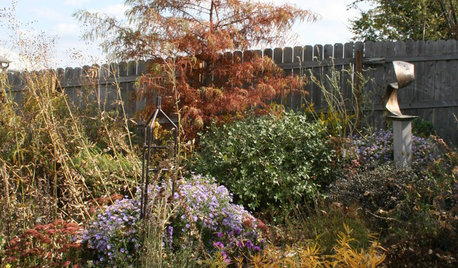
REGIONAL GARDEN GUIDESCentral Plains Gardener's October Checklist
Fall foliage color and crisp mornings, plus mulching beds and planting spring bulbs, make October a gardener's heaven
Full Story
GARDENING GUIDESGarden Myths to Debunk as You Dig This Fall and Rest Over Winter
Termites hate wood mulch, don’t amend soil for trees, avoid gravel in planters — and more nuggets of garden wisdom
Full Story
GROUND COVERSGround Force: 10 Top Ground Covers for Your Garden
Protect your soil from weeds and drought this summer with a living mulch of ground covers
Full Story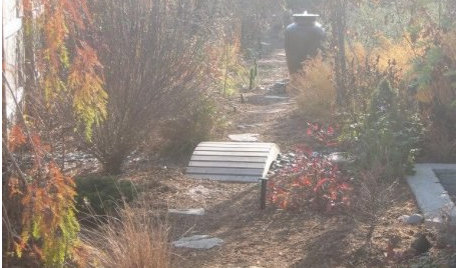
GARDENING GUIDESCentral Plains Gardener's November Checklist
Mulching, seeding, feeding — several small tasks to ensure a winter of activity, and a good spring start.
Full Story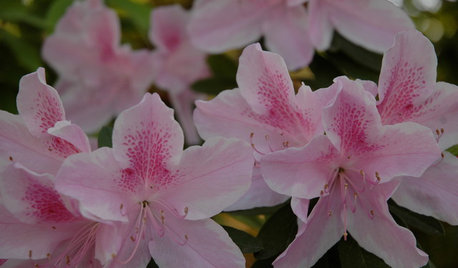
GARDENING GUIDESTexas Gardener's November Checklist
Planting and protecting are top priorities in the garden this month, so master the mulch and get those trees and shrubs in the ground
Full Story0
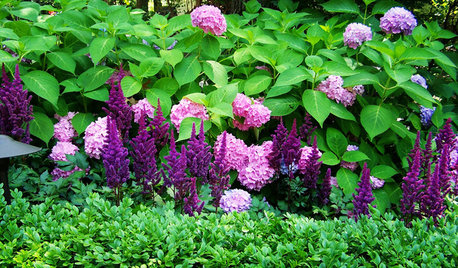
GARDENING GUIDESSoutheast Gardener's May Checklist
Bask in the blooms and mind your mulch this month; summer means lots to savor and lots to do in the garden
Full Story





username_5